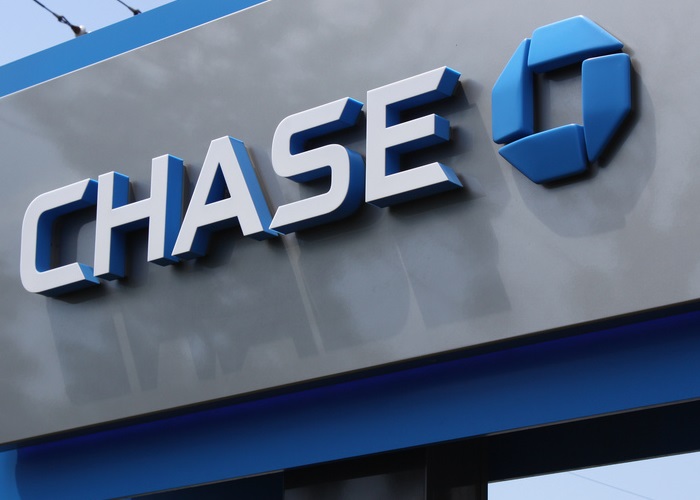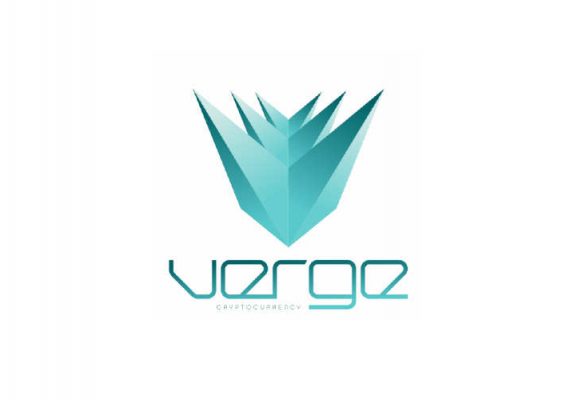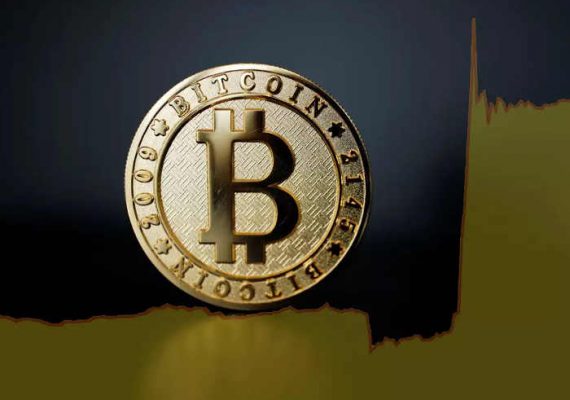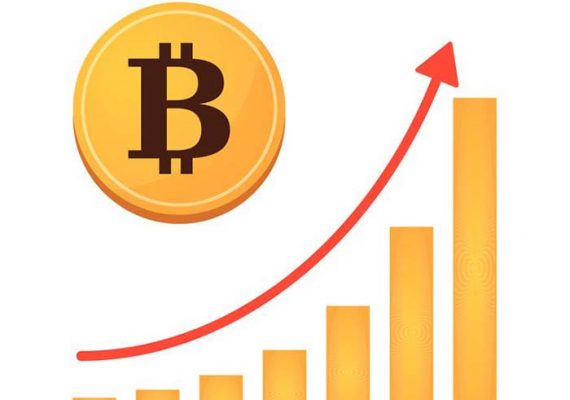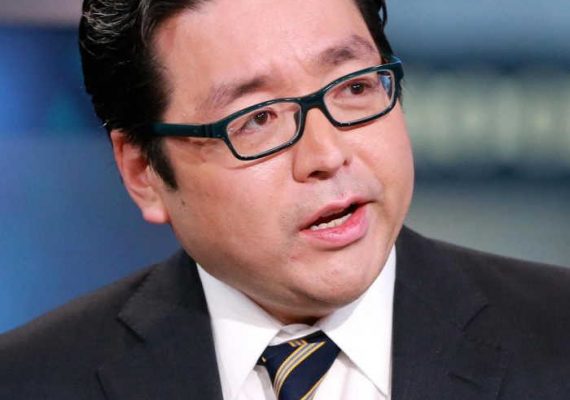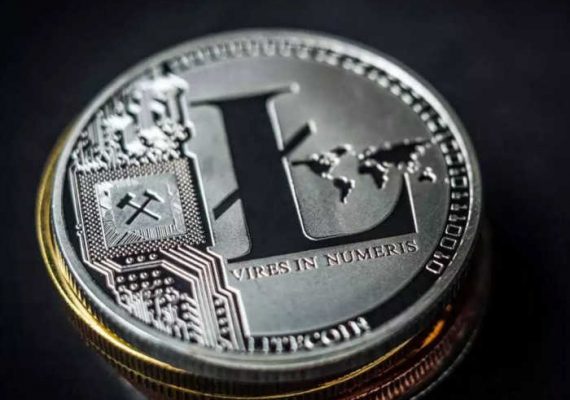This week, Goldman Sachs, which has teased its plans to operate a cryptocurrency trading desk and a futures platform for its clients in the near future, has said that it is considering running a proper cryptocurrency trading platform, not limited or exclusive to futures.
Trading Desk More Difficult Than Futures
For many months, the cryptocurrency sector and major cryptocurrency exchanges such as Coinbase and Gemini have been allocating the majority of their resources and capital in creating trusted custodianship to help large-scale institutional investors to invest in the cryptocurrency market.
Coinbase, in partnership with cryptocurrency hedge funds like Multicoin Capital, has been developing various custodian solutions to lure in institutional investors, developing on top of its existing custodianship called Coinbase Custody.
Gemini, another US-based exchange operated by the Winklevoss twins, has been quite unbending with their plans to introduce the first Bitcoin exchange-traded fund (ETF), to ease the process of both retail traders and institutional investors in the traditional finance sector investing in the cryptocurrency market.
Prominent analysts and investors including Blocktower Capital’s Ari Paul stated that trusted and stable custodianship in the cryptocurrency sector is still many months away and will most likely not be used by institutional investors before the end of 2018. The first step is to create a suite of institutional cryptocurrency products and the next step is to convince large-scale institutions to use that suite of products to commit to the cryptocurrency sector.
Goldman Sachs, one of the largest investment banks in the global finance sector with a market valuation of $87 billion, said that it will move further from publicly-traded derivatives and futures to large capacity trading, and potentially support institutional investors and clients along the way.
In an interview with Bloomberg TV in China, Goldman Sachs Chief Operating Officer David Solomon said:
“We are clearing some futures around Bitcoin, talking about doing some other activities there, but it’s going very cautiously. We’re listening to our clients and trying to help our clients as they’re exploring those things too. Goldman Sachs must evolve its business and adapt to the environment.”
It is the first case in which an executive from Goldman Sachs directly confirmed that the bank is working on a variety of Bitcoin and cryptocurrency products targeted at its own clients and institutional investors.
Previous reports from Bloomberg and Wall Street Journal cited leaked internal documents, but for the first time, Goldman Sachs confirmed that it has been working on a series of cryptocurrency trading products and will continue working on them to facilitate the growing demand from clients for digital assets.
Goldman Sachs Must Adapt
In 2017, the cryptocurrency sector and businesses within it were struggling to gain stable financial and banking services due to the dismissive attitude from major financial institutions. This year, some of the biggest banks in the global industry such as Goldman Sachs, JPMorgan, Morgan Stanley, SBI Holdings, and Shinhan have actively started to cooperate with cryptocurrency companies and investment firms to remain at the forefront of the cryptocurrency and blockchain movement.
As of current, it is difficult to determine the percentage of investors in the cryptocurrency market that has come from the public and regulated financial sector because without investing directly in the cryptocurrency market through trading platforms or the US futures market, there exists no other method of investing in the cryptocurrency market.
But, analysts agree that the percentage of accredited investors in the cryptocurrency market is fairly low and the entrance of banks into the market will lead to more accredited and high profile investors commiting to digital assets.
Previously, Nikolaos Panigirtzoglou, a global market strategist at JPMorgan, the biggest bank in the world with a market valuation of $370 billion, said that the futures market has added legitimacy to the emerging asset class of cryptocurrencies.
Panigirtzoglou emphasized that publicly tradable instruments like futures and ETFs will enable Bitcoin and eventually, the rest of the cryptocurrency market to compete with traditional assets such as gold. More notably, he noted that the increase in the legitimacy of the market has started to appeal to institutional investors.
“The prospective launch of bitcoin futures contracts by established exchanges in particular has the potential to add legitimacy and thus increase the appeal of the cryptocurrency market to both retail and institutional investors,” said Panigirtzoglou.
“In all, the prospective introduction of bitcoin futures has the potential to elevate cryptocurrencies to an emerging asset class. The value of this new asset class is a function of the breadth of its acceptance as a store of wealth and as a means of payment and simply judging by other stores of wealth such as gold, cryptocurrencies have the potential to grow further from here.”
Institutional investors have not arrived to the cryptocurrency market and have been sitting on the sidelines due to the lack of custodianship and proper regulated investment channels. It is not possible to have institutional investors commit to the cryptocurrency market without the right infrastructure in place.
As Coinbase CEO Brian Armstrong noted earlier today, on June 21, a bear market allows companies to build infrastructure without the pressure from investors and a bull cycle. Companies like Coinbase and major financial institutions such as Goldman Sachs will likely continue to create products that can be used by their clientele and institutional investors to allocate more capital to the digital asset market in the upcoming months.
If the demand for cryptocurrencies from large-scale institutions start to increase, similar to the trend laid out by billionaire investor Mike Novogratz, a FOMO amongst institutional investors could be triggered, fueling the next long-term rally of Bitcoin and the rest of the market.

